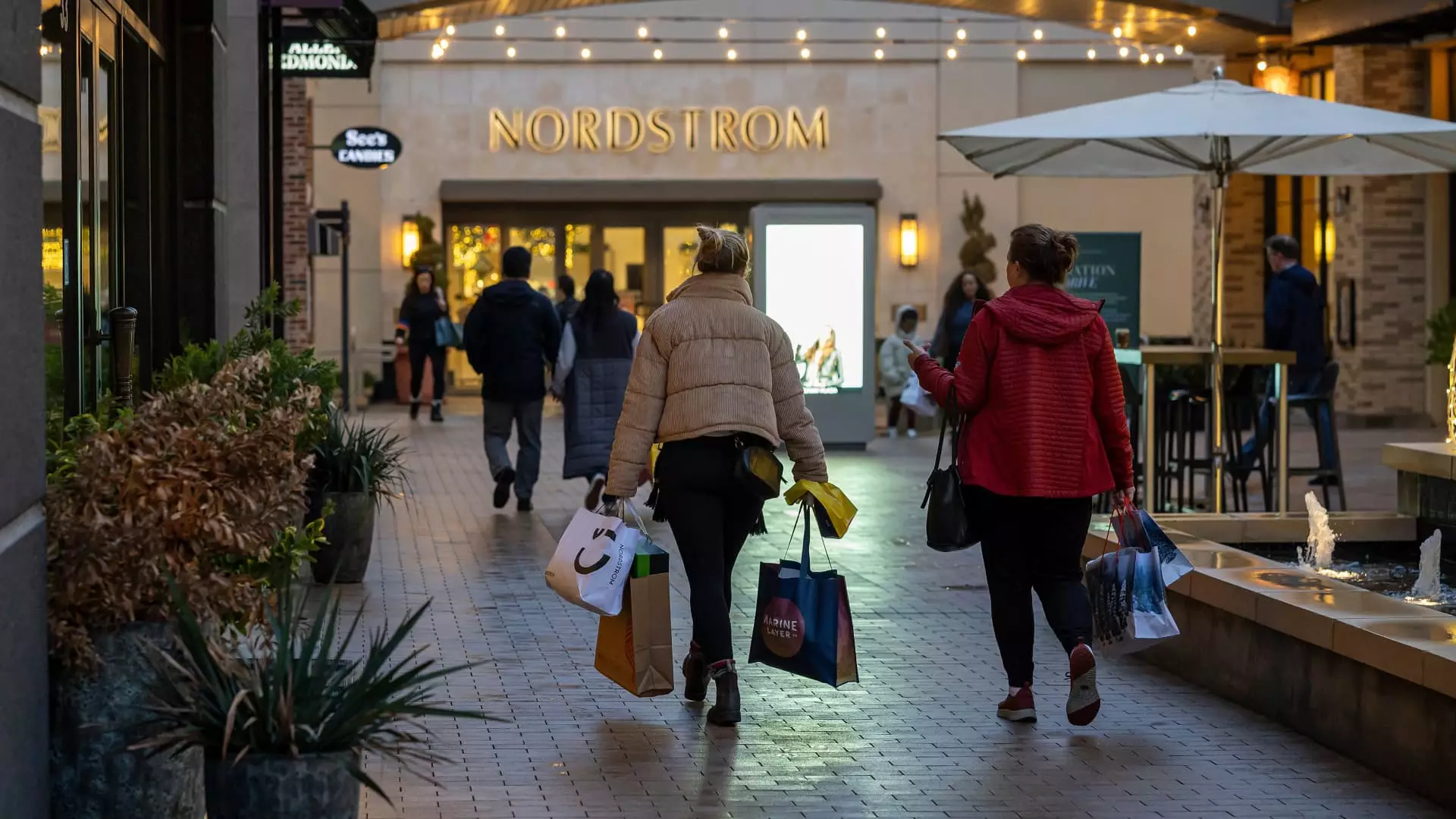As the holiday season approaches, a surge in consumer spending becomes evident, with estimates suggesting record-breaking figures this year. However, as joyous as the shopping season may seem, it is swiftly succeeded by a much less cheerful phenomenon: an avalanche of product returns. Dubbed “Returnuary,” January experiences a flurry of activity as consumers send back items purchased during the festive period. Data from the National Retail Federation (NRF) indicates that this year alone, about 17% of all merchandise sales will be returned, equating to a staggering $890 billion worth of goods. This marks an increase from the previous year’s return rate of 15%, showcasing a troubling trend in consumer behavior.
Despite retailers having to manage returns throughout the year, the holiday season poses a distinct challenge, with return rates significantly amplifying. The NRF’s findings suggest that the return rate during this peak shopping period is expected to be about 17% higher than during off-peak times. This intensification can be attributed to evolving shopping habits and the growing normalization of return policies that favor consumers.
Recent shifts in consumer behavior are reshaping the retail landscape. The phenomenon of “bracketing,” where shoppers purchase multiple sizes or colors of an item with the intent of returning what doesn’t fit, has become increasingly commonplace. Reportedly, nearly two-thirds of consumers engage in this practice, and it reflects not only a desire for convenience but also a lack of commitment to particular purchases. Alongside bracketing, the rise of “wardrobing,” where individuals buy items for singular events only to return them afterward, adds another layer to the problem. A troubling 69% of shoppers admit to wardrobing, representing a 39% increase from the previous year, highlighting a dramatic shift in purchasing behaviors.
Compounding these issues, the statistics show that 46% of consumers are returning goods multiple times a month, a significant 29% surge from the prior year. Such a trend raises questions about the sustainability and long-term implications of return-driven shopping habits on the retail industry.
Returns exact a heavy toll on retailers, not just financially but also environmentally. The cost to process a return can account for an average of 30% of an item’s original retail price, indicating why businesses find such high return rates particularly burdensome. Moreover, many returned items do not make it back to shelves, leading to further complications. According to Spencer Kieboom of Pollen Returns, the logistics involved in repackaging and reselling returns — sometimes internationally — introduce additional carbon emissions, complicating sustainability efforts. Alarmingly, a report from Optoro reveals that returns generated approximately 8.4 billion pounds of landfill waste in 2023 alone, stressing the need for the industry to reorient towards more sustainable practices.
The emphasis on sustainability as a critical business strategy is palpable, with industry leaders recognizing that failure to manage returns effectively could negatively affect their bottom line and reputation. Rachel Delacour of Sweep underscores that retailers must take accountability for their reverse logistics to align with broader ecological goals.
In light of these challenges, retailers are actively seeking solutions to mitigate the impact of returns. A significant shift noted in 2023 indicates that 81% of U.S. retailers have implemented stricter return policies, such as shortened return windows and the introduction of restocking fees. Although these measures may help to curtail return volumes, many retailers are also placing a premium on improving the overall returns experience for consumers, attempting to balance tighter policies with customer satisfaction.
To address the ever-growing inventory challenge, some major retailers have adopted “keep it” initiatives, allowing customers to keep products without needing to return them for a refund. Companies like Patagonia have pioneered buyback programs, successfully encouraging a resale culture that extends product life cycles. Notable others include J.Crew, Coach, and Levi Strauss & Co., all of whom are embracing more sustainable practices in response to consumer expectations.
Consumer attitudes toward return policies are profoundly changing shopping behaviors, particularly among younger generations like millennials and Gen Z. A significant 76% of shoppers consider free return options crucial in their purchasing decisions, and negative experiences can deter 67% from returning to a retailer. This shift indicates the growing importance of return policies as not just an afterthought but a central component of retail strategy.
Ultimately, as the retail sector contends with these evolving trends, maintaining sustainability while ensuring customer satisfaction will remain paramount. Engaging in comprehensive, multifaceted approaches will be essential. The need for retailers to adapt to this dynamic landscape is undeniable if they hope to thrive amid the complexities of consumers’ growing expectations and desires in an ever-evolving market.

